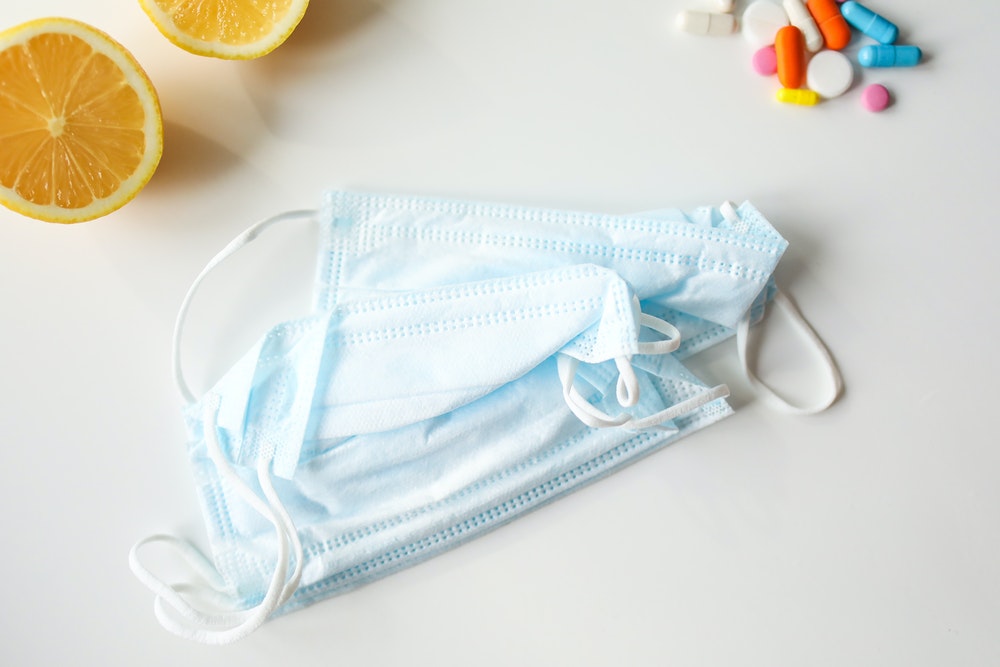With vaccines rolling out in the country, health guidelines are gradually becoming less and less strict. As a result, restaurants, cafes, and other food establishments are slowly starting to return to normal operations. However, we’re not quite out of the woods yet, and dining out may still carry some inherent risk.
If you are still unvaccinated, have comorbidity, or live with someone that is unvaccinated and/or has comorbidity, refrain from dining out at any food establishment, regardless of the safety protocols they have in place. But if you are vaccinated and healthy (and so are the people in your household), it may be relatively safe to enjoy a meal at a restaurant or cafe.
Nevertheless, here are some safety tips you must be mindful of whenever you are eating out:
1. Wear your mask
Even if you are fully vaccinated, it is still a good idea to keep wearing your mask in indoor public spaces. A high-quality self-priming filter respirator is one of the best types of masks that provides protection against the virus, but any proper mask will do.
It is still unsure if vaccines are fully capable of preventing you from spreading the virus to other people. With COVID cases still at a high number, it’s better to not risk it and keep wearing your mask until it’s time to eat. Furthermore, use a table napkin to prevent your mask from touching the table, and remember to keep the inside facing up. When you get home, wash your mask (if it’s reusable) or throw it away immediately.
2. Choose your restaurant wisely
Not all restaurants strictly follow COVID-19 safety protocols, which means you can’t let your guard down no matter how compliant an establishment may seem. If you must dine out, choose a restaurant that is known to follow health guidelines properly. You can do this by checking out reviews and observing the restaurant when you get there.
Here are several things you should look for:
- Proper social distancing between customers and staff
- All staff members wearing masks properly
- Sanitizing of tables, chairs, and dividers between each customer
- Large and well-ventilated space
- Availability of outdoor seating
- Hand sanitizers and temperature checks at the door
An establishment should also limit or disallow the entry of children and the elderly, which are the age groups that are most vulnerable to the disease.
3. Be mindful of physical contact
 It’s often impossible to have a dining experience without contact with others. Your waiter is going to hand you the menu, both the kitchen and dining staff will touch your plates, and you will most likely have to touch something when you go to the bathroom, be it the faucet handle or the doorknob.
It’s often impossible to have a dining experience without contact with others. Your waiter is going to hand you the menu, both the kitchen and dining staff will touch your plates, and you will most likely have to touch something when you go to the bathroom, be it the faucet handle or the doorknob.
Thus, it all boils down to how well everyone maintains hand hygiene. You should see waiters sanitizing their hands frequently and high-touch points (e.g. doorknobs, menus, chairs, etc.) wiped down regularly or between each use. There should also be hand sanitizer and soap available in the bathroom to help ensure that everyone washes their hands.
It is also likely that you will come into close contact with other people, such as the host/hostess and your server. To avoid possible transmission, keep your mask on until they are at least six feet away.
4. Opt for outdoor or parking lot dining
As a way to cope with the losses due to the pandemic, restaurants are adopting alternative methods of serving customers. One of them is al fresco dining, wherein customers eat in well-ventilated outdoor spaces instead of indoor spaces where the risk of catching the virus is higher. Another is parking lot dining, a method of service where food is served on small tables that fit over car seats so that customers can enjoy their meal in the safety of their own cars.
While these alternative service methods may not provide the full dining experience, they are safer ways to enjoy restaurant meals amid the pandemic.
5. Do your part
Whenever you go out in public, you are putting other people at risk as well. Thus, do your part in helping prevent the spread of COVID-19 by sanitizing your hands frequently, wearing your mask properly, and staying at least six feet away from others. And as much as possible, refrain from dining out if you can help it.
COVID-19 is far from over, but the light at the end of the tunnel continues to shine brighter as more and more people get vaccinated. Nevertheless, it’s important to stay compliant with health safety protocols, especially when entering indoor spaces such as restaurants; not just for yourself and your family, but for the general public as well.




